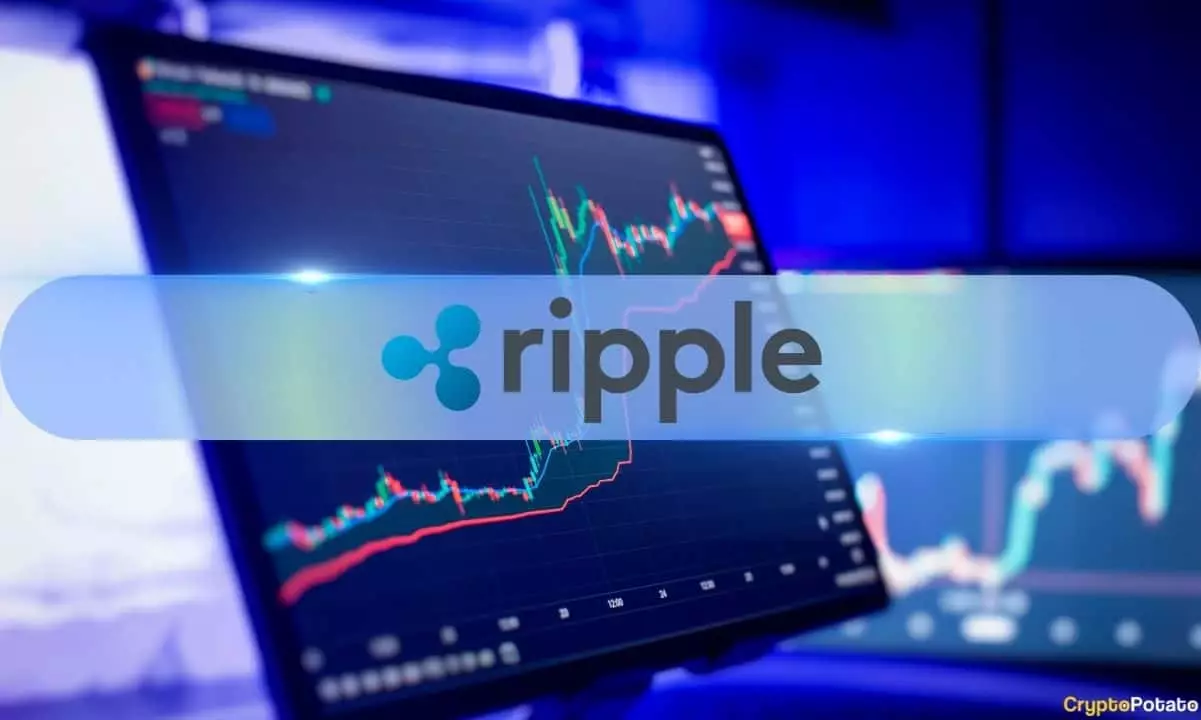In the unpredictable world of cryptocurrency, few events have the capacity to ignite a fervor akin to a landmark court ruling. For XRP, the digital currency that has long danced on the edges of regulatory scrutiny, the recent legal victory against the U.S. Securities and Exchange Commission (SEC) has proved transformative. Ripple’s steadfast resilience culminated in a significant setback for the SEC, which ultimately withdrew its appeal after a protracted battle. This retreat not only lightened Ripple’s financial burdens, courtesy of a reduced fine—but it also cleared a pathway toward renewed institutional interest that had been stifled for years. The narrative here transcends mere legalism; this was a bold assertion of cryptocurrency’s rightful place within the broader financial ecosystem.
The triumph not only buoyed investor confidence but also instilled a sense of vindication among the XRP community. In an era where regulators like the SEC seem to act with an iron fist, Ripple’s success serves as a beacon of hope, dispelling the myth that innovative technologies must cower beneath the weight of bureaucracy.
Price Performance: A Rally Like No Other
The numbers speak loudly, echoing the gravity of XRP’s quarterly performance. A staggering 50% price surge catapulted XRP to an impressive $3.40, rekindling memories of its runaway success back in 2018. This remarkable uptick stands in stark contrast to the broader market, where other cryptocurrencies like Ethereum (ETH) and Solana (SOL) floundered with notable declines. Such resilience in turbulent market conditions is a testament to XRP’s unique position and growing trust among investors.
However, let’s not overlook the subsequent dip to $2.12 as of late—a 6.5% decrease over a week. While these fluctuations could be disheartening for some, the year-over-year figure remains compelling: a remarkable 295% increase. It’s this aspect that should capture the attention of both seasoned investors and newcomers alike; despite recent pullbacks, the long-term trajectory appears robust, especially when compared to Bitcoin’s modest 47.2% growth.
The Institutional Buy-In: A Strategic Advancement
Institutional engagement is often cited as the holy grail of crypto adoption, and Ripple is clearly in the driver’s seat. The company’s recent acquisition of brokerage giant Hidden Road for a staggering $1.25 billion is not merely a business maneuver but a declaration of intent. By embedding XRP directly into traditional financial infrastructures, Ripple positions itself at the very nexus of innovation and established finance.
Furthermore, the integration of RLUSD, Ripple’s U.S. dollar-backed stablecoin, into Hidden Road’s operations signals a strategic effort to legitimize crypto in traditional processes such as FX, swaps, and repos. This is not just about profit; it is about carving out a lasting niche against competitors and further securing XRP’s legitimacy within institutional frameworks.
Challenges in the Ecosystem: The Mixed Signals
Yet, not all tides are rising. An apparent contraction in on-chain activity raises some eyebrows, with a notable drop in transactions and new wallet creations on the XRP Ledger (XRPL). A 37% decrease in transactions is concerning, hinting at possible waning interest in the technology underpinning XRP. In a market where innovation is paramount, stagnation in on-chain activity could become a thorn in Ripple’s side.
This dissonance highlights a critical juncture: while XRP enjoys newfound heights in price and institutional backing, its underlying ecosystem must evolve concurrently. The interplay between market performance and on-chain health will be essential for sustaining any bullish momentum.
A Seat at the Table: Competitive Landscape
As Ripple navigates through this transformative period, it finds itself amidst a vibrant competitive landscape. Major players like Franklin Templeton’s move to create a U.S.-based spot XRP ETF could signify that Wall Street is not merely observing but is actively engaging. Moreover, the recent launch of a leveraged XRP product by Teucrium, with impressive debut numbers, underscores an increasing interest in XRP as a legitimate investment vehicle.
In regions like Latin America, governmental approvals for dedicated XRP ETFs represent an expanding horizon that could fuel further adoption. These actions reinforce the idea that XRP is not merely surviving but thriving within a complex and rapidly evolving financial ecosystem.
XRP’s trajectory over the past quarter exemplifies the volatile yet compelling nature of cryptocurrency. What remains to be seen is whether Ripple can leverage its recent victories to cultivate a sustainable future, making its mark on an industry that continues to challenge the status quo.

